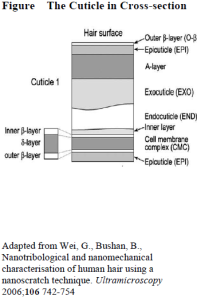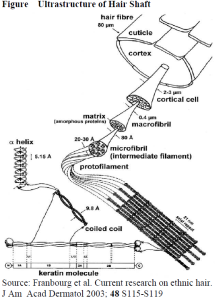
I am using Rogaine for my hair loss, but I noticed that it makes my hair quite dry and keeps stripping my hair colour. What can I do?

This is a common question that is asked by many many women who have Female Pattern Hair Loss and are using topical 5% Minoxidil (whether Rogaine brand or otherwise). It’s a catch 22 situation. On the one hand, it is helping keep or grow their hair but, on the other, it is wreaking havoc on the hair itself.
The solution more than the foam is the usual culprit. It contains a high concentration of (denatured) alcohol in which the minoxidil is dissolved. Alcohol, is notorious for drying out skin and hair. It does so, because it is a small volatile molecule. This aids in rapid drying of the product, but because alcohol can dissolve natural oils, it can take with it much needed oils when it evaporates from the scalp and hair. The alcohol can also dissolve the hair dye, thus making the colour disappear rather quickly, much to everyone’s annoyance.
So what can be done?
- Use the Foam preparation. It doesn’t have denatured alcohol present in the ingredients. It is less likely to dry out the hair.
- Use a Temporary Colour. These include hair rinses, mascaras, colour mousses, crayons or sprays. These will coat the hair shaft and will not penetrate. They will last up to 3 days or longer depending on how often you wash your hair. This will help to extend your hair colour.
- Use Sulphate Free shampoos. These are the new “it” products in the cosmetic industry. They are less stripping than the regular shampoos. They will make your hair clean but not squeaky clean thus reducing the any contribution from the shampoo stripping the hair of the hair dye.
- Use Deep Treatments. Rinse out conditioners do not deposit enough replacement oils, fatty acids, proteins etc to decrease the effects of the dye on the hair. Deep treatments tend to be thicker, and are filled with potent ingredients. For dry coloured hair, they should be left on the hair for 30 minutes to an hour on a weekly basis or used every other week.


